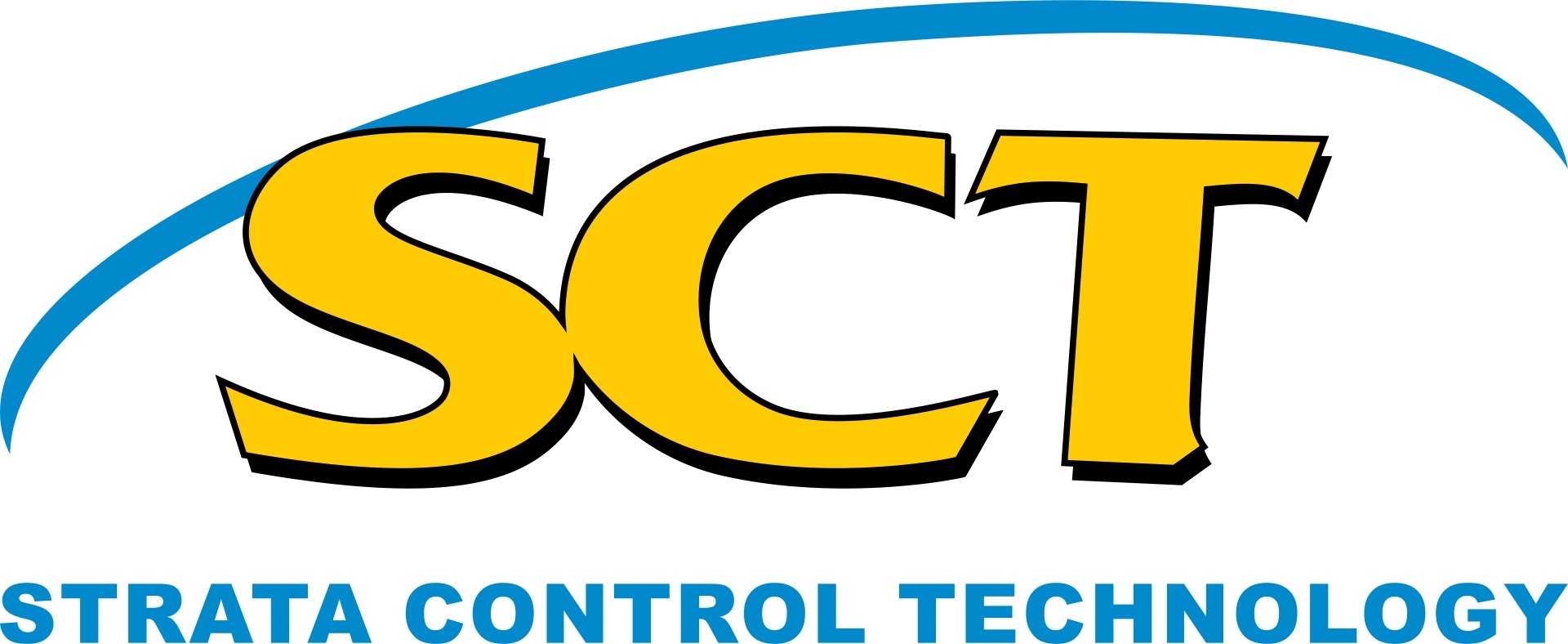SCT routinely undertake transient well testing on coal seams (unconventional reservoirs) in exploration boreholes for reservoir characterisation. SCT field engineers employ a range of well testing techniques including injection-falloff testing, drill-stem testing, step rate testing and large-scale, multi-borehole interference testing. Testing is carried out primarily for in situ permeability and reservoir pressure determinations of the target coal seam, or on multiple coal seams intersected in a single well.
Analysis of the transient well test is carried out by SCT engineers using a variety of platforms. The single borehole transient well test data is commonly interpreted using the well test software package PanSystems by Weatherford Pty Ltd that SCT own and maintain. Reservoir charaterisation is achieved through interpretation of the pressure derivative using various curve-matching and simulation techniques. Large scale, multi-borehole interference tests are interpreted using a variety of platforms including 2-Dimensional and 3-Dimensional numerical fluid-flow modelling using the software package Flac by Itasca Pty Ltd.
Downstream, the reservoir analysis data provided by SCT is used in coal seam gas drainage modelling to estimate de-gassing lead times and for gas drainage optimisation in underground coal mines. Other users employ the reservoir data for hydrogeological modelling of water make and de-watering rates in underground coal mines and for coal seam gas producers. Recent projects have utilised transient well testing and large-scale interference testing data to model the vertical connectivity between target coal seams and overlying aquifers after the proposed commencement of mining.
